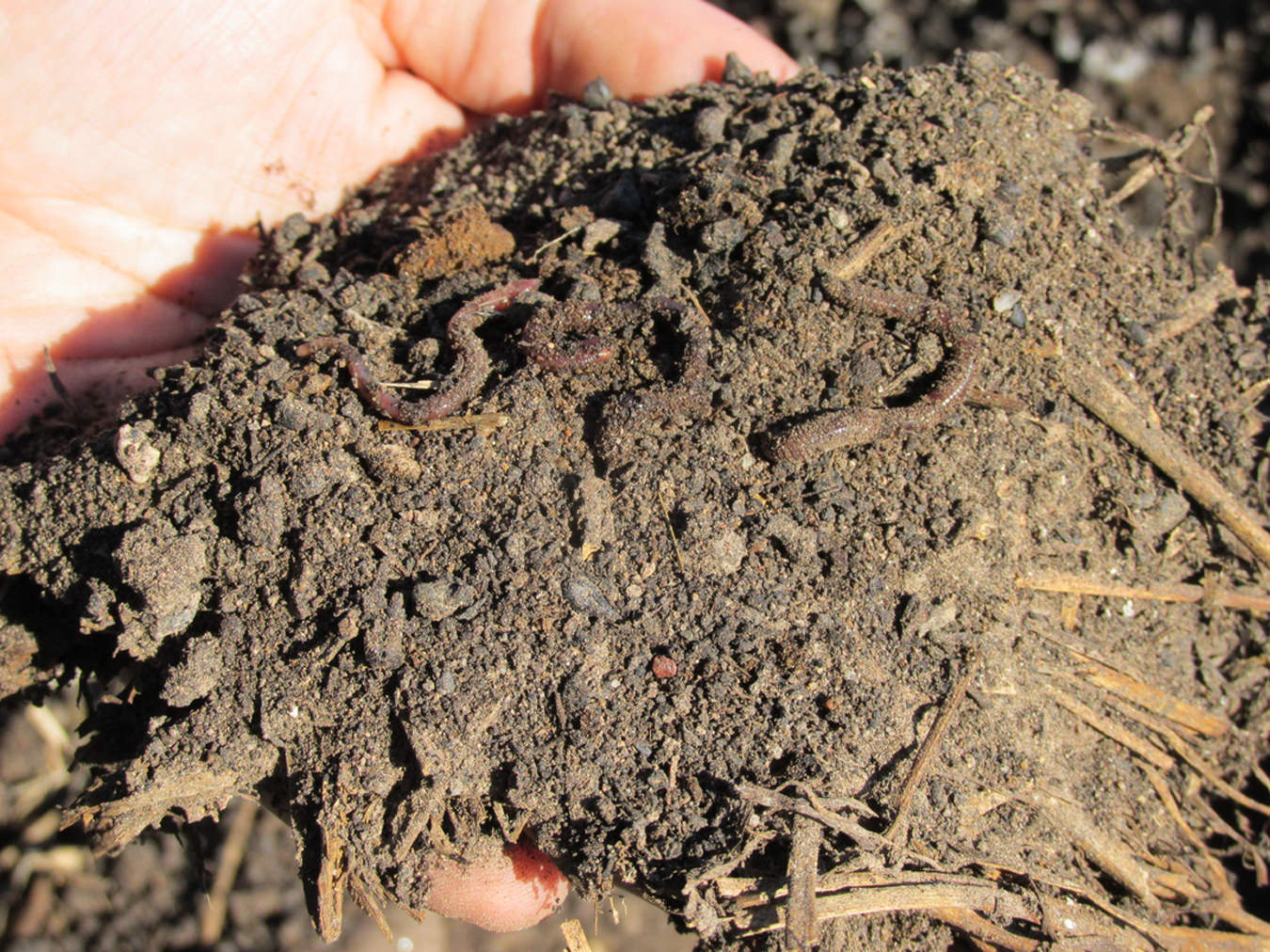Just what makes that little old ant
Think he’ll move that rubber tree plant?
Anyone knows an ant can’t move a rubber tree plant
But he’s got high hopes
Great wine is always about site, but terroir without energy, ideas, and vision is, well, just a piece of dirt. Altos Las Hormigas co-founder and winemaker Alberto Antonini presides over a team with nothing but ideas and energy. With his friend and co-founder, general manager Antonio Morescalchi, Antonini, a young Tuscan winemaker, visited the fledgling but fast-growing wine areas of South America in August of 1995. To say they were impressed by the high-altitude vineyards and dry, semi-desert climate of Mendoza is an understatement.
While Mendoza was conflicted about how to emerge, trying to move from the old guard bulk wine business to global exporters of fine wine, the Italians were intrigued by the vast potential they saw in malbec. “Argentina was looking for a model of development. Everybody was trying something different,” says Antonini. “But what we liked about Mendoza was that it was not New World but more like an Old World place that started later. Mendoza is a region where you breathe wine everywhere.” Joined by Attilio Pagli, another renowned Tuscan winemaker, and Carlo Vazquez, an Argentine agronomist with 20 years of experience working with Nicolas Catena, the decision was made to purchase 206 hectares (530 acres) in the bucolic, rural township of Luján de Cuyo. “We liked the property,” says Antonini. “The price was right, but we had no idea of the terroir. Alberto did like the high amount of pebbles in the soil. We visited all the top-end properties but not a single property showed us a top-end malbec.” Against everyone’s advice they set up the first venture dedicated to one sole grape—malbec—and by the first vintage in 1997 they had produced 60,000 regular, Classico bottles of malbec and 10,000 bottles of reserve.
It wasn’t easy. When the first vines were planted in 1996, there were massive fights with ants who feasted upon the tender, newly-planted shoots, in many cases destroying entire rows of vines overnight. For the environmentally-sensitive team at Altos Las Hormigas, poison wasn’t an option, so other methods were found to control the resident pests. In Argentina they have a saying, un trabajo de hormigas, or “a job for ants”, which describes humble, patient, and dedicated work. From that experience sprang the winery name, Altos Las Hormigas, born to honour the same persistent, hard-working team behind its success.
The first plan of action was to get rid of all the things they didn’t like, such as the tired, oxidized flavours, a lot of TCA (faulty corked wines) and a lot of Brettanomyces (a bacterial infection in barrels that kills the fruit in wine). Getting rid of the faults and making a fruit-forward style allowed the early wines to succeed by showing a better Mendoza. For the next 12 years, they made just the two wines. The regular was mix of fruit from Mendoza; the reserve was centred upon 100 per cent Valle de Uco fruit. Antonini smiles, and says, “I remember the start, it was tough. Twenty years ago we were selling an expensive wine from a wine region that nobody knew.” It helped that he had worked for Piero Antinori in Tuscany, but he adds, “We came from an unknown grape-growing region, with an obscure grape, at a high price. It was a recipe to fail. But we thrived.”
By 2007, Antonini and others started thinking about the next steps for the Argentina wine industry. He wanted to reduce the risk of just selling a grape variety that was good and juicy but geographically and organoleptically generic. “I was thinking, ‘What should I do in order to get to the next level?’ What we were missing is the knowledge. The difference between a very well established Old World wine region and Mendoza is that in Piedmont, Tuscany, or Burgundy, those people know a lot about their terroir, but in Argentina there was nothing.” Antonini knew what he was tasting, but he needed a deeper understanding. About this time, he met Chilean terroir specialist Pedro Parra, who had studied in France, and the game was on to collaborate in Mendoza. Antonini shared his years of global tasting experience with Parra, and the Chilean shared his knowledge of the Andes and its alluvial soils, something clearly invaluable if you are going to make terroir wines.
Under the considered eye of Antonini and his onsite enologist and viticulturist Leonardo Erazo, Altos Las Hormigas is heading down the final road to terroir. Establishing the appropriate grape was the first step, and then they went beyond. Although everyone remains committed to malbec, moving forward the journey will be a carefully mapped out evolution toward wines of a very specific origin. In short, the Altos Las Hormigas Malbec Classico will remain a fresh, introductory style, made with a mix of Mendoza grapes, although even here there is less oak influence and less intervention. The Malbec Terroir series will be made with grapes from only the Valle de Uco. The Reserve Valle de Uco wines will hail from specific vineyards with high amounts of limestone in the region, leaving the ultimate expression of malbec to a brilliant series of sub-regional labels made in the separate, highly specific sub-regions of Altamira, Vista Flores, and Gualtallary. Early tastings have been electric.
Malbec will stay on the Classico label, but with top wines the strategy is to sell less malbec and more Argentina. “Altos Las Hormigas and the place of origin will be our focus,” says Antonini. With a plan in place, it’s all up to the winery ants. Everyone has high hopes.















